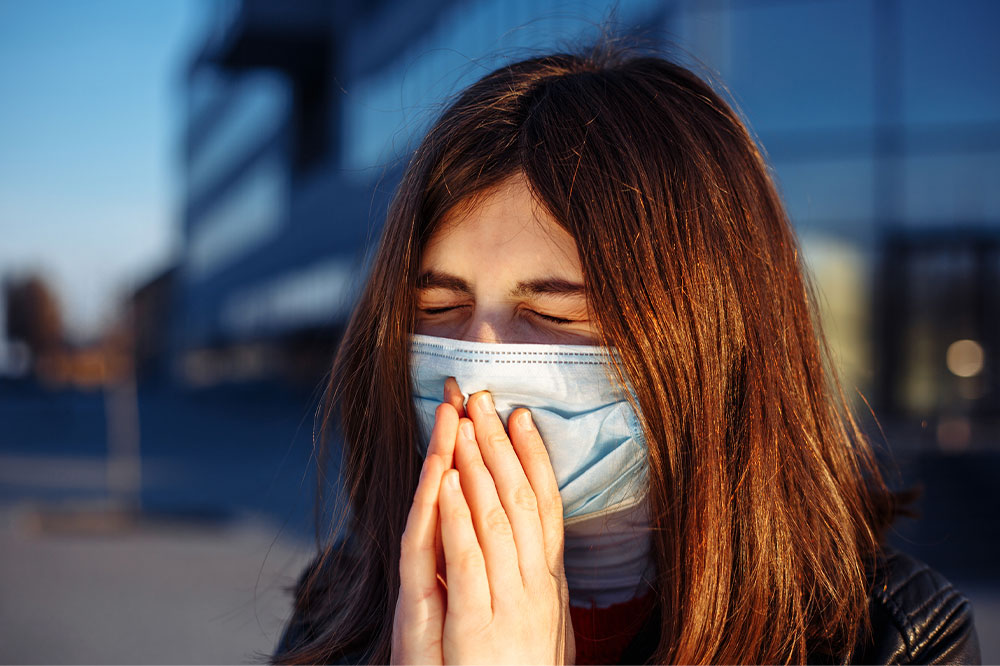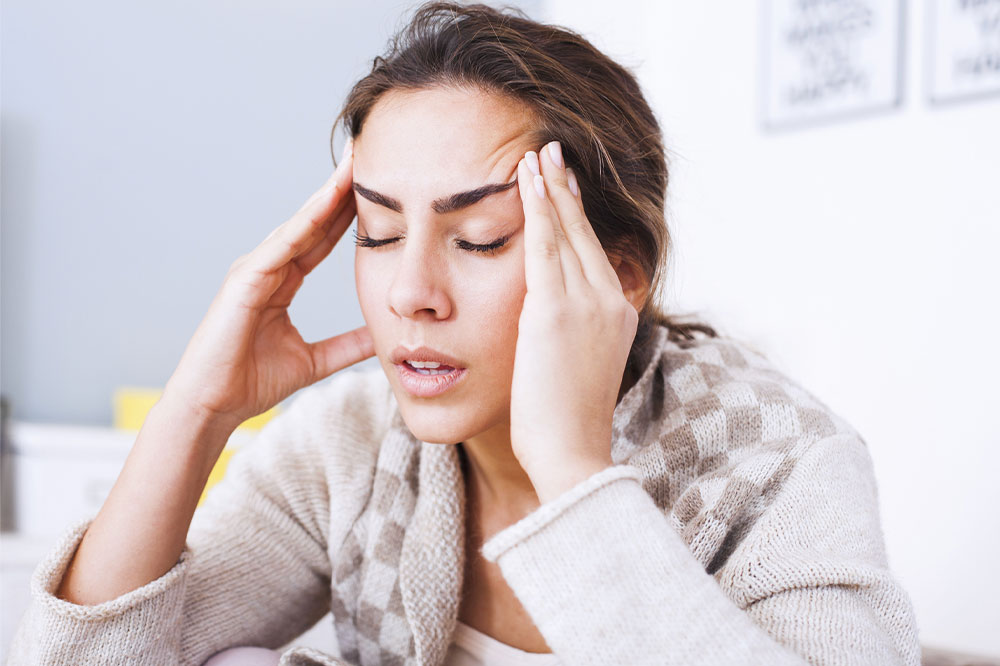9 allergens that cause breathing difficulty
Airborne allergens are the main culprits that trigger seasonal and chronic respiratory disorders. A person can experience difficulty breathing, coughing, sore throat, wheezing, and inflammation of the nasal passage just to name a few of the discomforts. Some prescriptions can help manage moderate to severe symptoms of such allergies. Also, mild symptoms can be managed by avoiding these nine common allergens that are found in breeding indoors and outdoors. Some of them are: Pollution Particulate pollution has become one of the major triggers of respiratory disorders in urban cities. Any form of exhaust smoke, be it from vehicular or industrial pollution, can trigger inflammation in the nasal passages. This inflammation causes shortness of breath, wheezing, and chest tightness, indicating an allergic reaction. Dust mites Dust and dust mites are two different things. Dust indoors is mostly dead skin cells and atmospheric residue that settles on surfaces. However, dust mites are microscopic bugs that breed on difficult-to-reach surfaces and multiply rapidly. Inhaling these microscopic particles can irritate and inflame the respiratory passage lining. Pollen Pollen is one of the most common airborne allergens in the country, accounting for most cases of respiratory disorders. Pollen is released by the male part of the flower to pollenate female flowers and produces seeds.
Read More 









